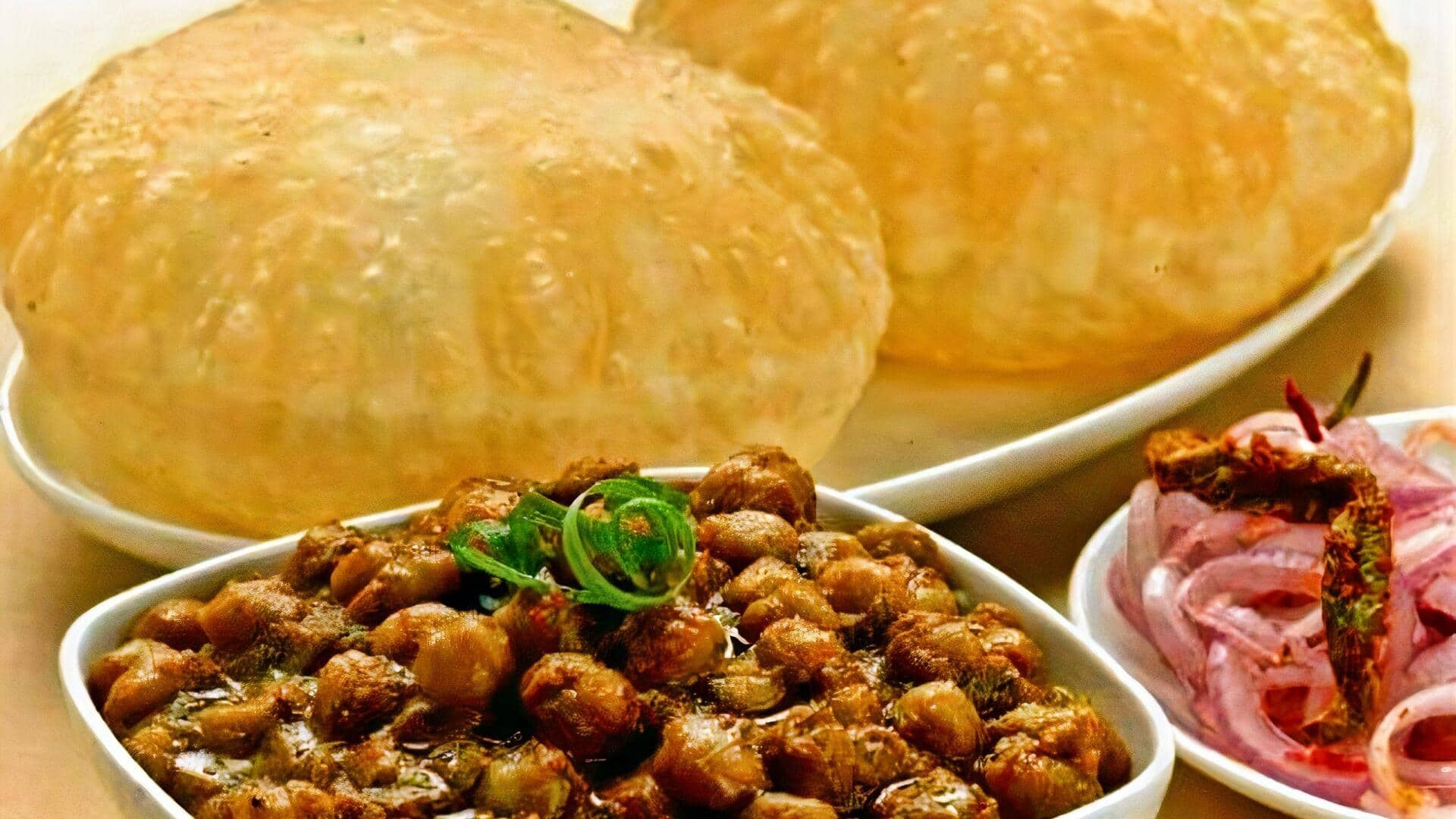
Tracing chole bhature's journey: Origin, evolution, and more
What's the story
Chole bhature, a popular dish from northern India, has a rich history that dates back centuries. This delicious combination of spicy chickpeas and fluffy bread has become a staple in many Indian households and eateries. Its journey from humble beginnings to becoming a beloved dish across the country is fascinating. Here's a look at how chole bhature evolved over time, and its cultural significance.
#1
Origins in Punjab
The origins of chole bhature can be traced back to Punjab, where it was first prepared with locally available ingredients. The dish is said to have been inspired by the region's agricultural bounty, with chickpeas being a staple crop. Over time, the dish evolved as it was influenced by various culinary traditions in the region. The use of spices and cooking techniques made it a beloved meal.
#2
Evolution through trade routes
As trade routes expanded across India and beyond, chole bhature also underwent regional variations. Spices from different parts of the country added unique flavors to the dish. In places like Delhi and Amritsar, vendors began serving it as street food, making it even more popular. The evolution of chole bhature reflects India's rich cultural exchange through trade.
#3
Modern-day popularity
Today, chole bhature is popular not just in India but also abroad. It is served at restaurants and street stalls alike, catering to different palates with variations such as paneer or aloo stuffed bhature. Its popularity can be attributed to its hearty nature and satisfying taste that appeals to people from all walks of life.
Tip 1
Cultural significance
Chole bhature also has cultural significance beyond being just food. It is often eaten on special occasions or festivals, signifying prosperity and abundance. The dish also brings people together, be it through family meals or social gatherings, where everyone digs into this delicious combination with joy.